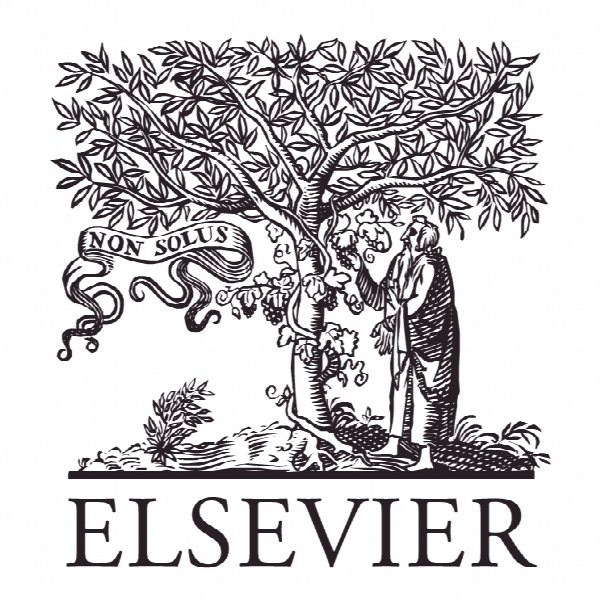استفاده از نقشه برداری و معیار سنجش برای شناسایی منابع بازاریابی که به ایجاد ارزش مشتری کمک می کند Using blueprinting and benchmarking to identify marketing resources that help co-create customer value
- نوع فایل : کتاب
- زبان : انگلیسی
- ناشر : Elsevier
- چاپ و سال / کشور: 2017
توضیحات
رشته های مرتبط مدیریت
گرایش های مرتبط بازاریابی، مدیریت کسب و کار MBA
مجله تحقیقات بازاریابی – Journal of Business Research
دانشگاه دانشکده مدیریت و بازاریابی، چارلز استوورت، استرالیا
نشریه نشریه الزویر
گرایش های مرتبط بازاریابی، مدیریت کسب و کار MBA
مجله تحقیقات بازاریابی – Journal of Business Research
دانشگاه دانشکده مدیریت و بازاریابی، چارلز استوورت، استرالیا
نشریه نشریه الزویر
Description
1. Introduction All indicators point to the fact that the pace of services and services innovation will continue to accelerate in the future (Spohrer & Maglio, 2008). Organizations often rely on services to improve customer value, and ultimately, organizational performance. However, organizations have also begun to realize that value creation occurs in interaction with customers (Grönroos, 2011; Ramaswamy, 2009) and that service is also offered through resources and capabilities, often intangible ones (Ramaswamy, 2009). There is a need to identify and continually develop those resources and capabilities that are essential for both the improvement of organizational performance and the creation of competitive advantage. Resource based theory (RBT) (Barney, 2014; Kozlenkova, Samaha, & Palmatier, 2014) or otherwise known as the resource based view (RBV) of the firm, posits that resources and capabilities are essential for creating competitive advantage and improving organizational performance (Barney, 1991; Hunt, 1997, 2011). Zubac, Hubbard, and Johnson (2010) develop a framework to show how managers can use a firm’s resources to create customer value. Several researchers examine the relationship between organizational performance and marketing resources and capabilities, such as market orientation (Narver & Slater, 1990) marketing planning capability (Slotegraaf & Dickson, 2004) and market knowledge competence (Li & Calantone, 1998). Different researchers identify different resources and capabilities as essential for organizational performance and competitive advantage. However, organizations are different from one another, and services they offer a unique nature and characteristics. Services are intangible, heterogeneous, inseparable and perishable (Johne & Storey, 1998). A method is required that can identify key resources and capabilities specific to an individual organization and its services. The RBV/RBT approach by itself cannot identify the specific resources and capabilities that lead to competitive advantage (Hinterhuber, 2013). This paper addresses this gap in the RBT literature by demonstrating the use of service blueprinting (Bitner, Ostrom, & Morgan, 2008; Milton & Johnson, 2012) and benchmarking (Bissett & Buchan, 2006; Madritsch, 2009; Paladino, 2007; Wang & Lo, 2003) in identifying resources and capabilities that improve customer value and organizational performance in an Australian organization. First, RBT is discussed and the way it contributes to service delivery management. Second, an explanation of how service blueprinting and benchmarking can be used to identify the resources and capabilities that might improve customer value is presented and finally an industry example is provided to show how blueprinting and benchmarking can be applied in this way and managerial implications and suggestions for further research are then outlined.


